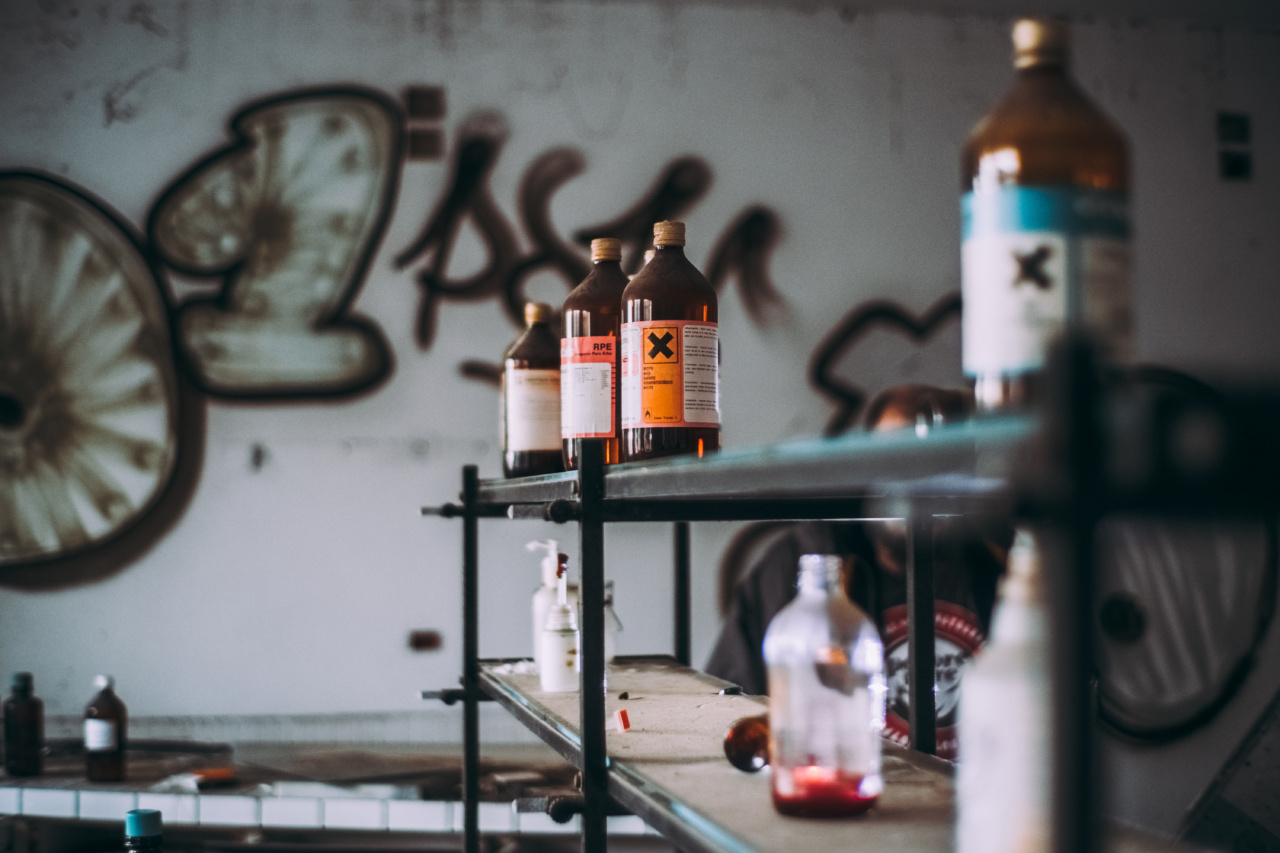It is a well-known fact that toxins are poisonous substances that can cause serious harm or even death to humans, animals, and the environment. Some toxins are produced naturally by plants and animals, while others are man-made.
One of the most lethal toxins on earth is botulinum toxin, which is produced by the bacterium Clostridium botulinum. This toxin is often referred to as “the most poisonous substance known to man” due to its extreme toxicity.
Where is Botulinum Toxin Found?
Botulinum toxin is found in soil, water, and the intestines of animals and fish, including crabs and shellfish.
It is also found in certain foods, such as honey, canned foods that have not been properly processed, and fermented foods like sausages, salami, and ham.
How Does Botulinum Toxin Work?
Botulinum toxin works by blocking the release of acetylcholine, a neurotransmitter that is responsible for the communication between nerve cells and muscles.
This results in paralysis of the muscle and can lead to respiratory failure and death in severe cases.
What Are the Symptoms of Botulinum Toxin Poisoning?
The symptoms of botulinum toxin poisoning usually appear within 6 to 36 hours after exposure and can include:.
- Double or blurred vision
- Dry mouth and throat
- Drooping eyelids
- Difficulty swallowing and speaking
- Muscle weakness and paralysis
- Respiratory failure and death
How is Botulinum Toxin Poisoning Treated?
Botulinum toxin poisoning is extremely serious and requires immediate medical attention. The treatment usually involves a combination of supportive care and the administration of botulinum antitoxin.
The antitoxin helps to neutralize the toxin and reduce the severity of the symptoms. Patients may also require mechanical ventilation to help them breathe if their respiratory muscles become paralyzed.
How to Prevent Botulinum Toxin Poisoning?
The best way to prevent botulinum toxin poisoning is to practice good food safety and hygiene. Always make sure to prepare and store food properly, especially canned and fermented products.
Avoid feeding honey to infants under one year of age, as it may contain botulinum spores that can germinate and produce the toxin in the baby’s intestines. Lastly, do not consume any food that appears to be damaged, bulging, or has an unusual odor, as they may be contaminated with botulinum toxin.
The Use of Botulinum Toxin in Medicine
While botulinum toxin is a deadly poison in its natural form, it is also used in medicine for therapeutic purposes.
Botulinum toxin injections are often used to treat various medical conditions, such as muscle spasms, chronic headaches, and excessive sweating. The injection works by blocking the nerve signal that causes the muscle to contract, thus relaxing the muscle.
The use of Botulinum Toxin in Cosmetic Procedures
Botulinum toxin is also used in cosmetic procedures to reduce the appearance of wrinkles, fine lines, and crow’s feet. The injection works by relaxing the muscles that cause the wrinkles, thus smoothing out the skin.
While this procedure is relatively safe, there are some risks associated with its use, such as infection, allergic reactions, and droopy eyelids.
Conclusion
Botulinum toxin is a lethal toxin that can cause serious harm or even death if ingested in its natural form. However, its therapeutic and cosmetic use has revolutionized the medical and beauty industry.
To prevent botulinum toxin poisoning, it is important to practice good food safety and hygiene and to seek immediate medical attention if you suspect you have been exposed to the toxin.


























